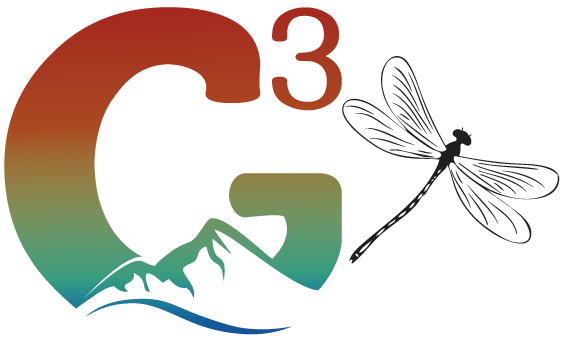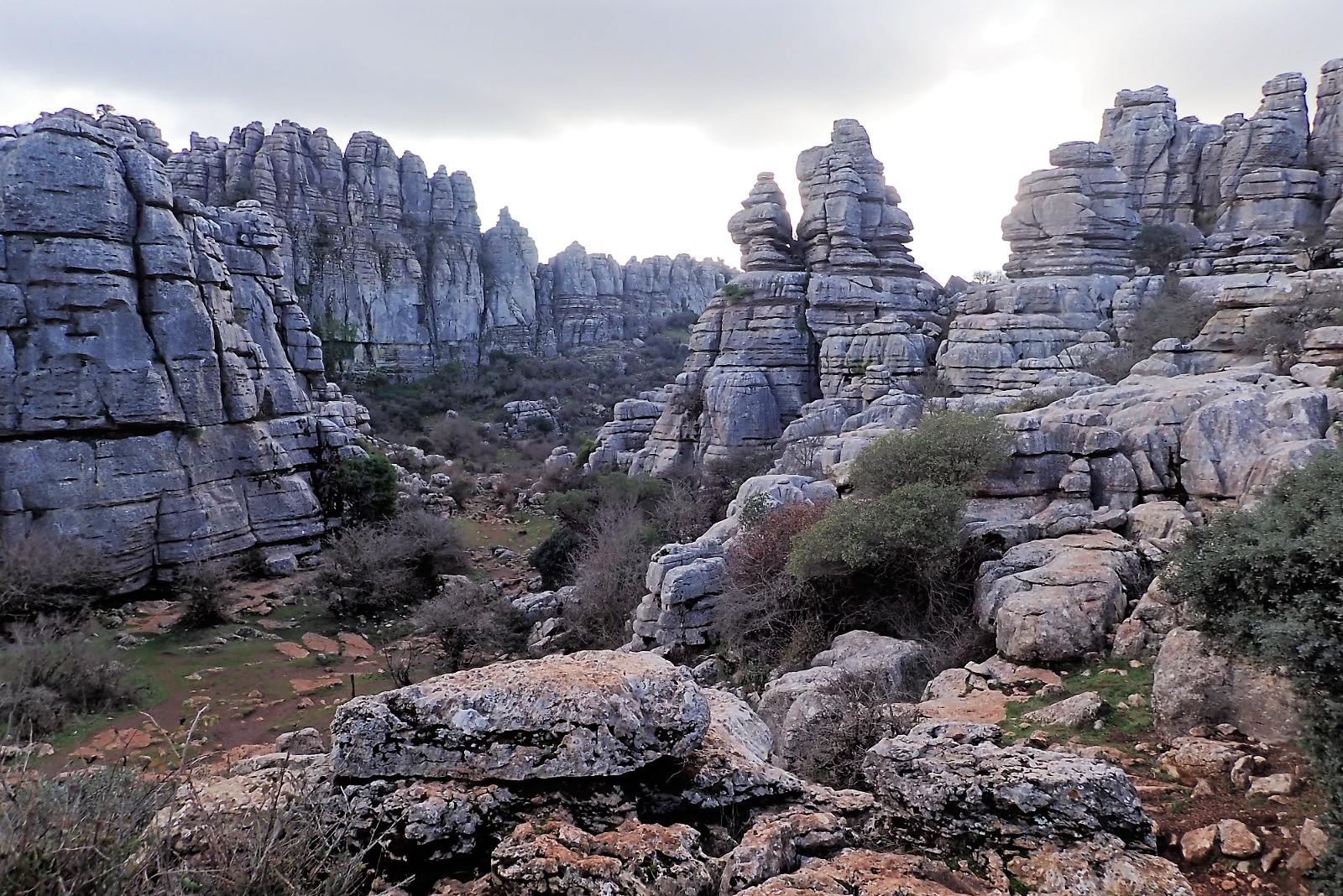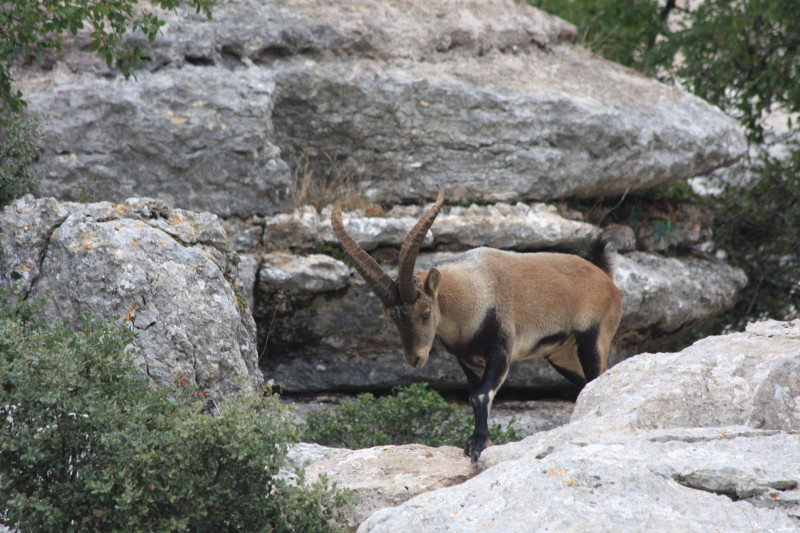Torcal de Antequera, protected natural site
MALAGA – One of the most prestigious karstic reliefs in Europe, a sierra which never tires of surprising the traveler.
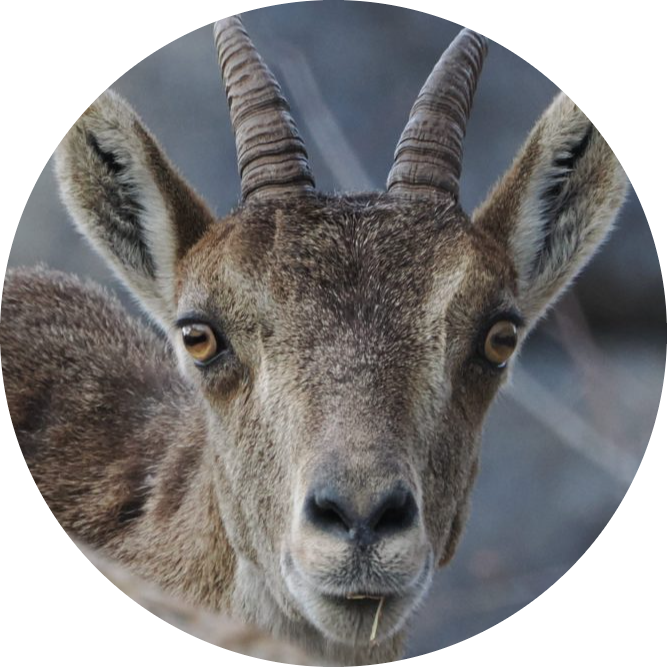


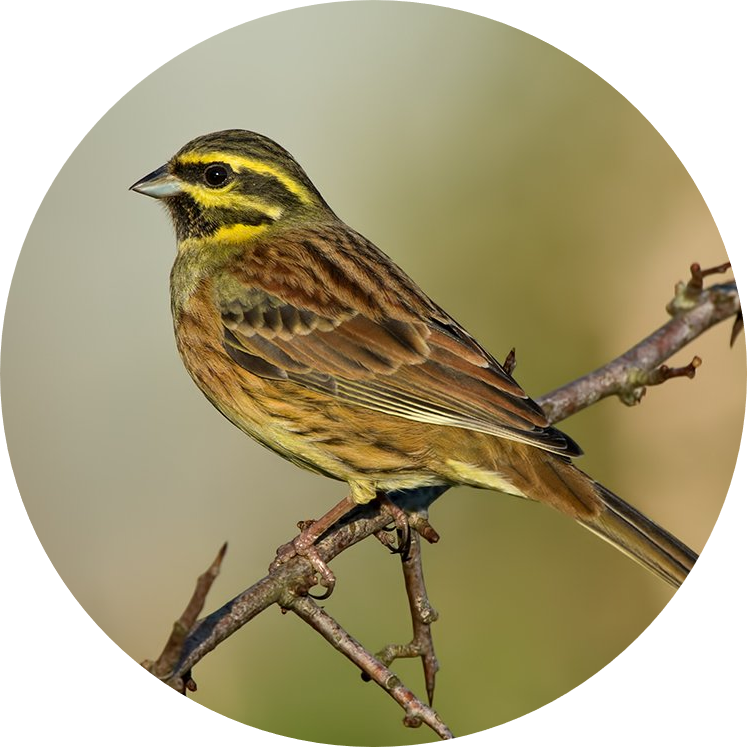
“The” Torcal
Limestone mountain
Karst
Spanish ibex
Orchids
The Torcal de Antequera, located at the crossroads Seville to Granada and Cordoba to Malaga, is a protected natural site of 1,171 ha (11.7 km2). It is famous for its geology and belongs to a group of limestone mountains above 1,000 meters (3,280 ft) asl, which connects the western Betic mountains (Grazalema, Sierra de las Nieves) with the eastern Betic mountain ranges (Sierra Gorda, Sierra Almijara). It dominates the Antequera Depression prelude of the Guadalquivir Valley.
The Torcal is one of the most famous karst formations in Europe due to its majestic, eroded and ruiniform reliefs that form a maze of strangely shaped stones. An unforgettable landscape that transports visitors away from their daily lives and evokes a primitive and ancient nature: without a doubt, the most Zen of Andalusian landscapes.
This extraordinary rock formation is the result of a long and complex geological history. The Torcal is an open book that extends before our eyes and tells us the history of the Earth, by episodes of millions of years: marine sedimentation, transformation in limestone substrates, alpine folding and appearance of the mountain, followed by fractures and erosion finally revealing karst forms as we known them today and which continue to change little by little.
The round, green shapes of hawthorns (Crataegus monogyna) contrast sharply with the horizontal rock strata of the karst.
The male of the Spanish ibex (Capra pyrenaica) exhibits strong horns which are used in ritual fights and mark its dominance status.
The Torcal is the land of the “torcas”, a Spanish term equivalent to dolinas (see note), or sinks, that designates the characteristic circular depressions originated by way of erosion in limestone rocks. Paradoxes of Andalusia, a “torca” is a bowl, El Torcal is a mountain range!
Although the rock formations stand out in this landscape, the wild fauna and flora should not be neglected. The round and green forms of the common hawthorn (Crataegus monogyna) contrast sharply with the layers of horizontal rocks. Calcareous lawns, rich in about thirty species of orchids, including the man orchid (Orchis anthropophora), the sombre bee-orchid (Ophrys fusca) and the yellow bee orchid (Ophrys lutea). Amog the fauna, Iberian ibex (Capra pyrenaica) are relatively easy to see locally.
The Sierra del Torcal de Antequera is the most impressive and well-known Andalusian karst, however, there are other very interesting and less well-known karst in the province of Malaga, such as Los Riscos de Cartajima in the Genal Valley and La Utrera de Casares on the Costa del Sol.
We offer a Málaga wildlife tour which is perfect to explore ist best natural areas and taste the Mediterranean feel.
Note. The term “dolina”, equivalent to “torca”, is of Slavic origin, such as the word “karst”, which turns out to be a limestone plateau located in Slovenia.
The Torcal de Antequera is one of the most famous karst formations in Europe due to its majestic, eroded and ruiniform reliefs that form a maze of strangely shaped stones. An unforgettable landscape that transports visitors away from their daily lives and evokes a primitive and ancient nature: without a doubt, the most Zen of Andalusian landscapes.
The Torcal de Antequera, located at the crossroads Seville to Granada and Cordoba to Malaga, is a protected natural site of 1,171 ha (11.7 km2). It is famous for its geology and belongs to a group of limestone mountains above 1,000 meters (3,280 ft) asl, which connects the western Betic mountains (Grazalema, Jaraestepar, Sierra de las Nieves) with the eastern Betic mountain ranges (Sierra Gorda, Sierra Almijara, etc.). It dominates the Antequera Depression prelude of the Guadalquivir Valley.
This extraordinary rock formation is the result of a long and complex geological history. The Torcal is an open book that extends before our eyes and tells us the history of the Earth, by episodes of millions of years: marine sedimentation, transformation in limestone substrates, alpine folding and appearance of the mountain, followed by fractures and erosion finally revealing karst forms as we known them today and which continue to change little by little.
The Torcal is the land of the “torcas”, a Spanish term equivalent to dolinas (see note), or sinks, that designates the characteristic circular depressions originated by way of erosion in limestone rocks. Paradoxes of Andalusia, a “torca” is a bowl, El Torcal is a mountain range!
Although the rock formations stand out in this landscape, the wild fauna and flora should not be neglected. The round and green forms of the common hawthorn (Crataegus monogyna) contrast sharply with the layers of horizontal rocks. Calcareous lawns, rich in about thirty species of orchids, including the man orchid (Orchis anthropophora), the sombre bee-orchid (Ophrys fusca) and the yellow bee orchid (Ophrys lutea). Amog the fauna, Iberian ibex (Capra pyrenaica) are relatively easy to see locally.
We offer a Málaga wildlife tour which is perfect to explore ist best natural areas and taste the Mediterranean feel.
The Sierra del Torcal de Antequera is the most impressive and well-known Andalusian karst, however, there are other very interesting and less well-known karst in the province of Malaga, such as Los Riscos de Cartajima in the Genal Valley and La Utrera de Casares on the Costa del Sol.
Note. The term “dolina”, equivalent to “torca”, is of Slavic origin, such as the word “karst”, which turns out to be a limestone plateau located in Slovenia.
